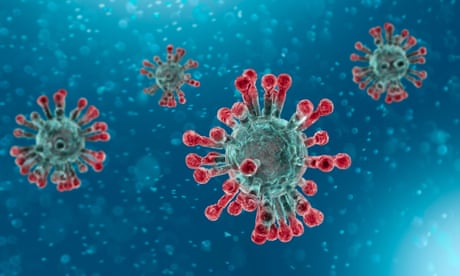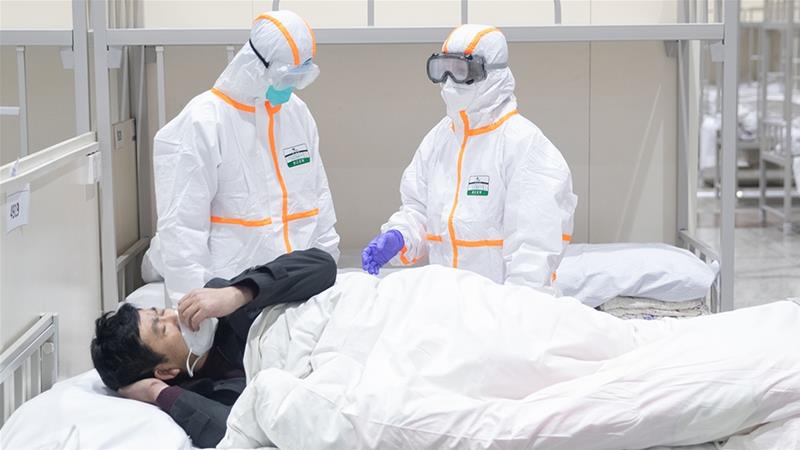An idea that has been doing the rounds on social media suggests that certain heart and kidney medications make people more susceptible to COVID-19. A new commentary strongly disputes this. The commentary warns that discontinuing these hypertension and kidney medications would seriously endanger the health of those taking the drugs for high blood pressure, congestive heart failure, and chronic kidney disease. A. H. Jan Danser, from the Department of Internal Medicine at the Erasmus Medical Centre in Rotterdam, The Netherlands, is the first author of the commentary, which appears in Hypertension, a journal of the American Heart Association (AHA). As Danser and colleagues explain in their paper, the idea that some heart and kidney medications may raise the risk of complications and death from a SARS-CoV-2 infection arose when it became known that the angiotensin- converting enzyme 2 (ACE2) receptor facilitates the entry of the virus into healthy cells. Firstly, they explain, Part of the confusion in social media and the public in general stands because, at times, ACE inhibitors are confused with ACE2 inhibitors. The two are different enzymes with different active sites and the effect of ACE inhibitors on ACE2 activity is unlikely to affect the binding of the SARS-CoV-2 virus, explain Danser and colleagues. Secondly, however, the authors do note some limited reports in animal models that suggest ARBs may affect ACE2 activity in the heart and kidney, but these results are diverse, they vary by ARB and organ, and required very high doses of the drug. Even if the reported upregulation of tissue ACE2 by ARBs in animal studies and, generally, with high doses could be extrapolated to humans, this would not establish that it is sufficient to facilitate SARS- CoV-2 entry, they write. Having reviewed more than 29 studies, the authors stress their conclusion: the findings are inconsistent.
(Credits: www.medicalnewstoday.com)


